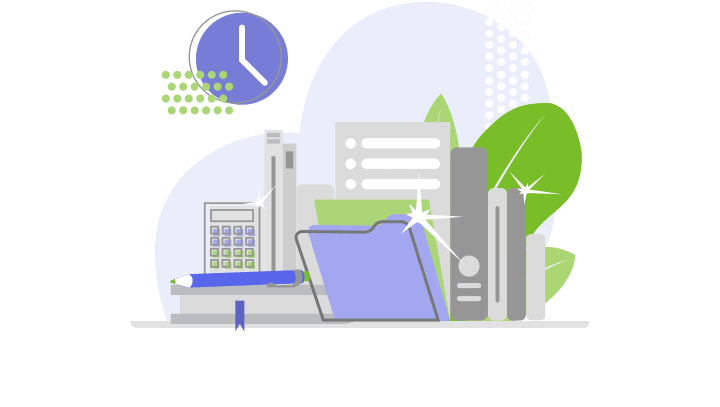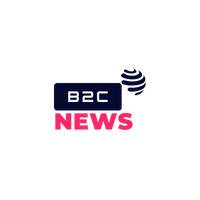
Expense management blogs play a crucial Sales Forecasting role in providing valuable insights and knowledge about…
- For shipping the raw materials to the desired location, they paid ₹30,000 to the transportation company.
- One of the most important pieces of information you can get from the values of conversion cost is whether your marketing campaign is profitable and, therefore, worth the effort.
- In manufacturing sector, the basic production costs can be categorized differently depending on the purpose and use of categorization.
- Expense management blogs play a crucial role in providing valuable insights and knowledge about…
- These costs are essential for the smooth functioning of the organization and include expenses such as rent, utilities, salaries of administrative staff, and office supplies.
- It is the direct labor plus any manufacturing overheads needed to convert raw materials into a finished product.
- Direct labor costs are a critical component of conversion costs, representing the wages and benefits paid to workers directly engaged in the production process.
Top Social Media Sites For Business
The company can then explore ways to streamline the labor-intensive processes, negotiate better labor rates, or implement training programs to enhance workforce productivity and reduce conversion costs. Conversion Cost Variance is a metric used to assess the variance between the actual conversion costs incurred and the budgeted conversion costs. It provides insights into the efficiency and effectiveness of the production process.
Which Costs Are Both Prime and Conversion Costs?
By analyzing the various components of conversion costs, businesses can make informed decisions to optimize their production processes and enhance profitability. Conversion costs are the labor and overhead expenses that “convert” raw materials into a completed unit. Each department tracks its conversion costs in order to determine the quantity and cost per unit (see TBD; we discuss this concept in more detail later). Conversion costs are restricted to direct labor and manufacturing overhead, which are needed to convert raw materials into completed products. Prime costs are the direct labor and direct materials costs incurred to build a product. In the table above, the direct labor costs and manufacturing overhead for Company XYZ are listed along with their respective amounts.

Breakdown of Conversion Costs for Company XYZ

Remember that conversion cost varies across industries and production methods, so adapt the concepts to your specific context. Imagine an e-commerce company that wants to increase its conversion rate (the percentage of website visitors who make a purchase). The original checkout flow has multiple steps, including account creation, shipping details, and payment information.
Prime Costs Vs. Conversion Costs – What are the Key Difference?
The first step to reducing your cost of conversion is to clearly define what you want your customers to do and how you will measure their actions. For example, your conversion goal could be signing up for a free trial, downloading an ebook, making a purchase, or subscribing to a newsletter. You should also set up a tracking system that allows you to monitor and analyze your conversion rates, cost per conversion, and other relevant metrics. This will help you identify your best-performing conversion costs channels, campaigns, and offers, as well as the areas that need improvement.
- To optimize your cost of conversion, you need to create compelling and persuasive ad copy and creative that capture the attention and interest of your audience and motivate them to take action.
- By implementing these strategies, businesses can maximize their return on investment and achieve sustainable growth.
- Rent of factory building, electricity, gas and coal used in production, salaries of production managers, depreciation of production machines and equipment are a few examples of these costs.
- It usually includes the total value of labor cost and other applied overheads like factory overheads, administrative overheads, etc.
- A complete production cost report for the shaping department is illustrated in Figure 5.6.
- Tangible components—such as raw materials—that are needed to create a finished product are included in direct materials.
- Analyzing trends in these costs may reveal issues such as low worker productivity, equipment downtime, or wasteful processes.
Cost of Conversion: How to Calculate and Improve the Cost of Conversion for Your Customers
Remember that while direct costs are visible, overhead costs quietly shape the financial health of an organization. If overhead costs are too high, it can lead to reduced margins and lower profits. Efficient management of overhead costs is essential to maintain a competitive edge. From a company’s perspective, the lower the conversion cost, the higher the profit margins. Therefore, in order to achieve optimization of the production process, companies strive to keep the conversion costs minimum. Remember, these are just a few strategies to improve conversion cost efficiency.
These are some of the strategies and best practices that can help you reduce your cost of conversion and improve your ROI. However, remember that there is no one-size-fits-all solution, and that you need to test and optimize your strategies and tactics based on your specific business, audience, and goals. If they were 100% complete with regard to conversion costs, then they would have been transferred to the next department. In a nutshell, you will get a better return on your paid campaigns. But, if you need a detailed idea about conversion costs, how they differ from prime costs, their examples, advantages, and others, then this is the right article for you. Operations managers use conversion costs to help identify Certified Public Accountant waste within the manufacturing process.
- The total of the cost per unit for material ($1.17) and for conversion costs ($2.80) is the total cost of each unit transferred to the finishing department ($3.97).
- For example, if your ad says “Get 50% off on your first order of organic coffee”, your landing page headline should say something like “Claim your 50% discount on our premium organic coffee today”.
- Prime costs and conversion costs are two methods that businesses use to measure the efficiency of their production operations.
- But how can negative keywords help you reduce your conversion cost?
- In this case, the total conversion cost for the company is $7,000.
- You could use that information as an inspiration to make changes and see if you can improve it.
- Conversion costs play a significant role in determining the overall cost structure of manufacturing operations.
Manufacturing Overhead
Some say that your PPC campaign can’t function properly without negative keywords. And there are loads of benefits of using negative keywords in your paid campaign. Remember, you don’t have to check only the performing ones. And you don’t have to pay all your attention to the ones with a low conversion rate. After all, your competitors will keep strategizing and coming back stronger.
By analyzing this variance, companies can identify areas of improvement and take corrective actions. Calculating conversion costs is crucial for businesses to manage production expenses, set competitive prices, and make informed decisions about scaling production or optimizing efficiency. One of the most important aspects of optimizing your cost of conversion is to monitor and measure how well you are performing in terms of attracting, engaging, and converting your customers.
